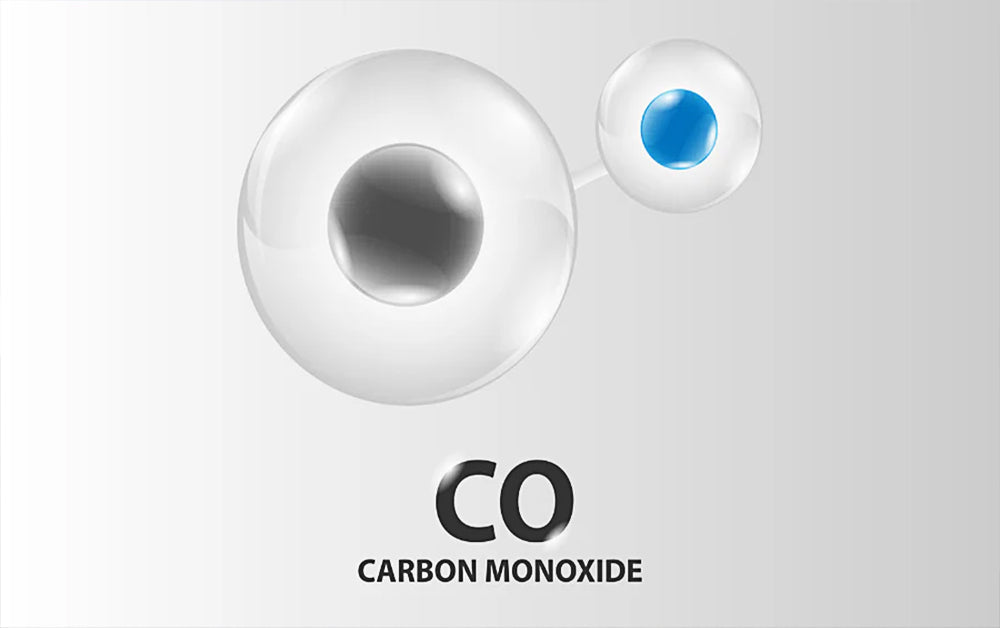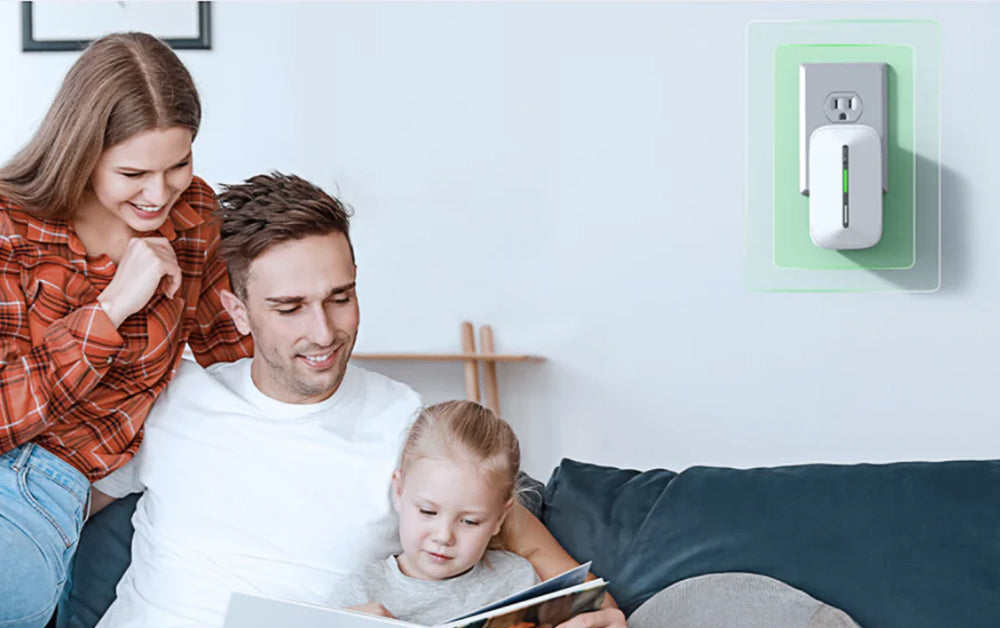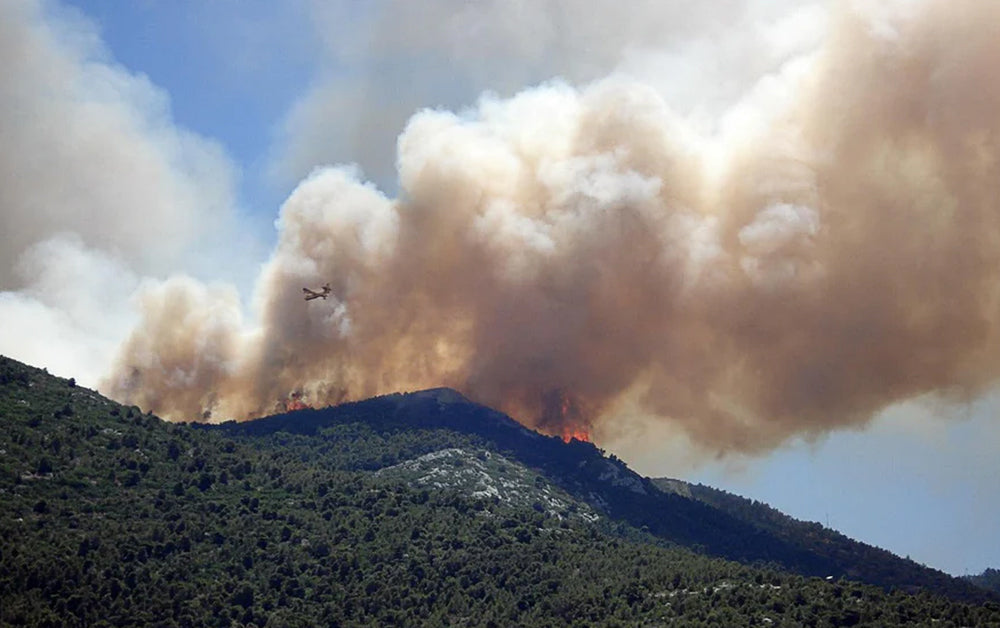When you think about household hazards, your mind might first jump to fires, natural disasters, or burglars. But there's another invisible, odorless, and tasteless danger lurking in many homes: carbon monoxide (CO). Often referred to as the "silent killer," carbon monoxide is responsible for hundreds of fatalities every year, yet many of us are unaware of the risks it poses until it's too late.
In this article, you'll learn about the source and health effects of carbon monoxide, how different concentration levels affect your body, and what steps you can take to protect your home.
What Is Carbon Monoxide (CO)?
Carbon monoxide is a colorless, odorless, and tasteless gas that is produced by the incomplete burning of carbon-containing fuels. Because it doesn’t have a smell or any obvious signs of its presence, people can unknowingly breathe it in without realizing it. This is particularly dangerous in closed or poorly ventilated spaces, where CO can accumulate and reach hazardous levels.
Common sources of carbon monoxide in the home include:
- Kitchen stoves and ovens: Especially those powered by natural gas or propane.
- Water heaters: Gas-powered water heaters can also produce CO when combustion is incomplete.
- Fireplaces and space heaters: Wood-burning stoves and gas-fired heaters can be significant sources of CO, especially when they are not well-ventilated.
- Car exhaust: Running a car in an attached garage, even if the door is open, can result in CO building up inside your home.
These everyday appliances can pose a serious risk if they aren’t properly maintained or ventilated, allowing harmful levels of CO to infiltrate your living space.
Why Is Carbon Monoxide Dangerous?
The real danger of carbon monoxide stems from how it interacts with the body. Once inhaled, CO is absorbed into the bloodstream and binds with hemoglobin—the protein in red blood cells that carries oxygen throughout the body. This forms a compound known as carboxyhemoglobin, which prevents hemoglobin from transporting oxygen.
The result? Oxygen deprivation. With less oxygen being delivered to vital organs, the body begins to suffer, and serious health effects can occur.
Common symptoms of carbon monoxide poisoning include:
-
- Headache
- Dizziness or lightheadedness
- Nausea and vomiting
- Shortness of breath
As CO levels rise, the symptoms worsen, and individuals may experience confusion, unconsciousness, and in extreme cases, death.
According to the Centers for Disease Control and Prevention (CDC), every year in the U.S., over 400 deaths are caused by unintentional carbon monoxide poisoning, with more than 20,000 people requiring medical attention. The risks are even higher in homes with malfunctioning or improperly ventilated heating systems, stoves, and other gas-powered appliances.
Dangerous Concentrations of Carbon Monoxide (CO)
Carbon monoxide can be harmful at different levels of concentration. While it’s a silent and invisible threat, understanding its varying concentrations can help you better protect yourself and your loved ones. Here's a breakdown of the dangerous concentrations of CO and the potential health risks they pose.
Low Concentrations (0-50 ppm)
At low concentrations—typically in the range of 0 to 50 ppm (parts per million)—healthy individuals usually do not experience any noticeable symptoms. This range is often considered safe for short periods of exposure in a well-ventilated environment.
However, prolonged exposure to even low concentrations of CO can cause mild discomfort or gradual symptoms:
- Headaches
- Fatigue
- Dizziness
- Shortness of breath
Medium Concentrations (50-150 ppm)
At medium concentrations, symptoms become more pronounced, especially if you remain in an enclosed space:
- Headaches
- Nausea
- Dizziness or lightheadedness
- Fatigue
- Confusion
High Concentrations (150-300 ppm)
When carbon monoxide levels exceed 150 ppm, the situation becomes much more serious:
- Shortness of breath
- Chest pain
- Confusion or difficulty concentrating
- Loss of coordination
- Loss of consciousness
Extremely High Concentrations (300+ ppm)
At 300 ppm and above, the risks become life-threatening, even with short exposure:
- Severe poisoning
- Loss of consciousness
- Heart and brain damage
- Death
Carbon monoxide becomes increasingly dangerous as its concentration rises. Even low levels can cause discomfort, while high levels can lead to serious health problems or even death.
How to Protect Yourself and Your Family from Carbon Monoxide
Unlike smoke or fire, CO has no smell, taste, or color, making it especially tricky to detect until it's too late. But the good news is that there are several effective ways to minimize the risk.
1. Regularly Check Gas Appliances and Ventilation Systems
Routine maintenance is key to preventing carbon monoxide buildup. Gas-powered appliances—such as stoves, water heaters, fireplaces, furnaces, and space heaters—should be inspected regularly to ensure they're functioning safely and efficiently.
Why it matters:
- Prevent gas leaks by keeping appliances in proper working condition.
- Ensure clean and complete combustion to minimize CO production.
- Identify and fix ventilation issues before they become a health risk.
2. Ensure Proper Ventilation
Good ventilation helps CO escape your home. Without it, CO can build up to dangerous levels.
- Use exhaust fans in kitchens and bathrooms.
- Keep windows slightly open while using gas appliances.
- Never use outdoor appliances (like grills or generators) indoors.
3. Install a Carbon Monoxide Detector
One of the most effective ways to protect your family is by properly installing a certified carbon monoxide detector, such as the Siterwell A4602-7. A good CO detector alerts you long before the gas reaches dangerous levels.
Where to Install CO Detectors:
- Near sleeping areas
- In kitchens with gas appliances
- Near attached garages
Conclusion
Now that you know how carbon monoxide is produced, why it's dangerous, and what symptoms to watch for, you’re better equipped to protect your home and loved ones. It’s easy to overlook something as sneaky as CO, but taking a few simple steps can protect you and your loved ones.
By maintaining your appliances, improving your home's ventilation, and installing reliable CO detectors, you can minimize your risk and gain peace of mind.
Carbon monoxide may be silent—but your protection doesn't have to be.



